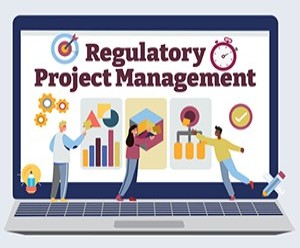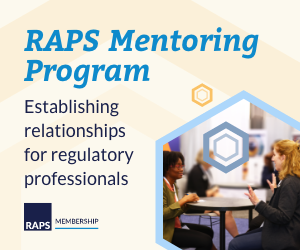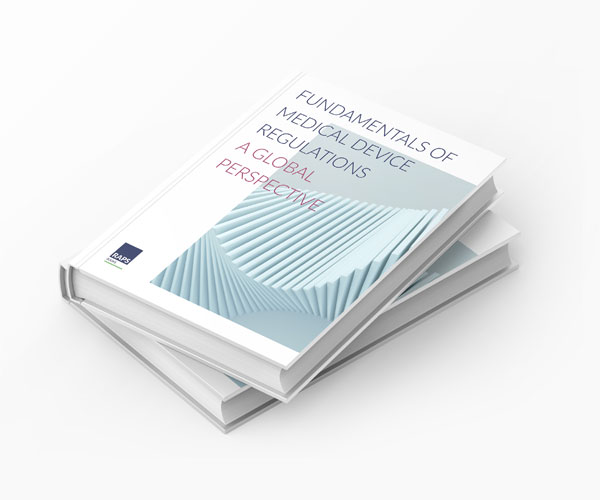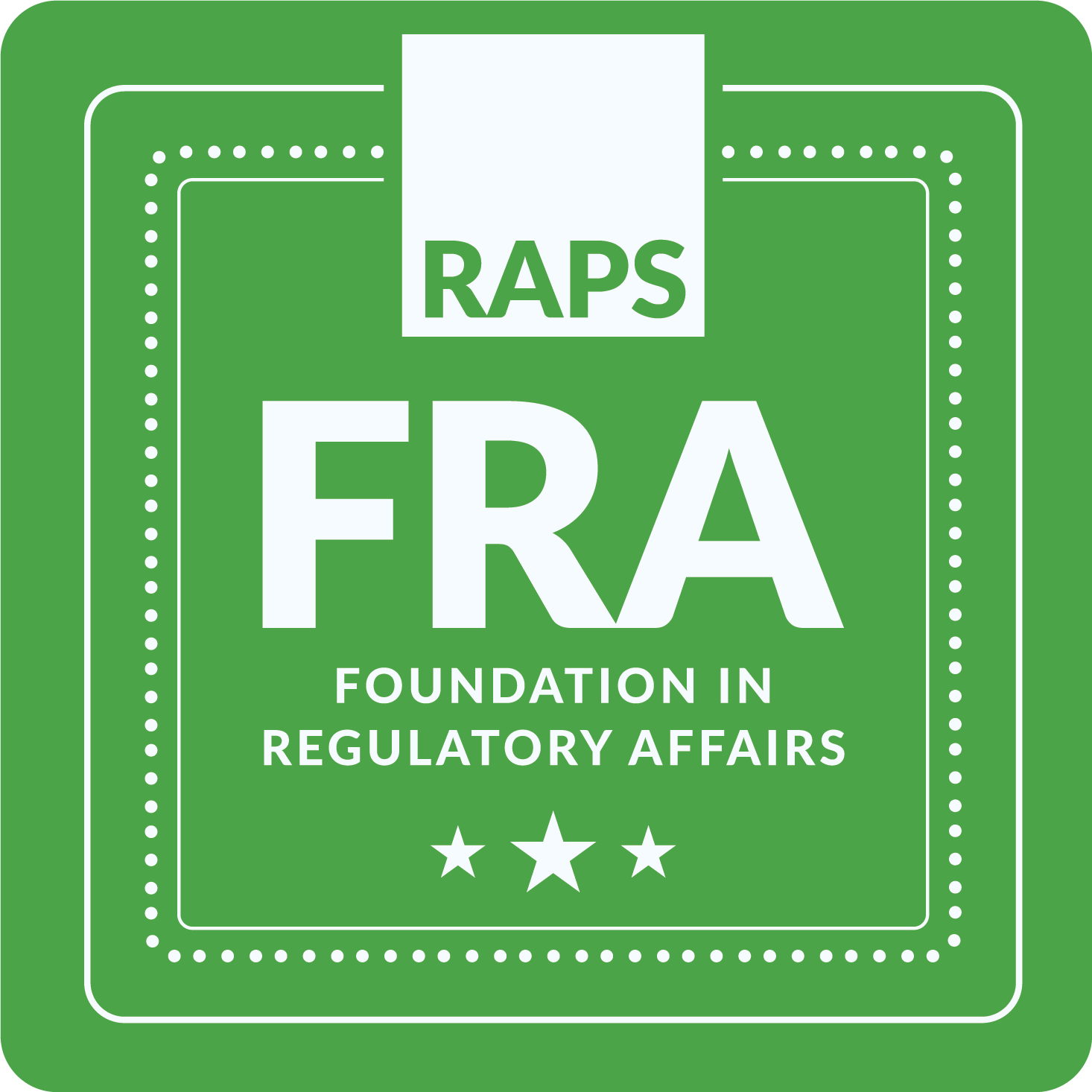FDA publishes final guidances on device shortage reporting, computational modeling
![]() Regulatory News | 17 November 2023 |
Regulatory News | 17 November 2023 |
The US Food and Drug Administration (FDA) has published two final guidance documents for medical devices on the agency’s implementation of Section 506J of the Federal Food, Drug, and Cosmetic (FD&C) Act concerning interruptions for manufacturing medical devices and assessing credibility for computational modeling and simulation in submissions for medical devices.
In FDA’s final guidance on device shortage reporting, the agency said it intends to inform sponsors of its system for notifying the FDA when a device's manufacturing is interrupted or permanently discontinued. The final guidance describes notification requirements, including who is responsible for notifying the agency, what information should be included, and where notifications are submitted.
Commenters responding to the initial draft guidance for reporting emergency product shortages criticized the volume of data FDA requested from companies, which they argued could lead to over-reporting and be potentially irrelevant to the product shortage that triggered the data request. Some medical device groups suggested that FDA narrow the scope of data requests and work with companies in areas closer to the intent of the legislation and towards more meaningful actions where the agency could provide value (RELATED: Medtech Industry: FDA emergency product shortage reporting guidance is too broad, burdensome, Regulatory Focus 20 April 2022).
FDA said it “revised the guidance as appropriate in response to the comments,” clarifying additional information about how, when, and where companies can provide 506J notification updates as well as providing additional information about what information is required under 506J and what would be helpful to the agency. They also added more information on how FDA uses 506J notification updates.
Specifically, the agency announced the creation of a new draft guidance that includes a list of device products that fall under 506J reporting requirements and additional voluntary notifications. “FDA is proposing to clarify for stakeholders that manufacturers may submit, and FDA may receive, voluntary notifications regarding supply chain issues at any time,” they said.
This draft guidance was created in response to the PREVENT Pandemics Act signed into law in the Consolidated Appropriations Act, 2023, and when finalized, will replace a portion of Section III and all of Section IV in the final guidance. FDA is seeking public comment for the new draft guidance until February 15, 2024.
Computational modeling and simulation in submissions
FDA’s final guidance on assessing credibility for medical device submissions that contain computational modeling and simulation (CM&S) was written to help industry understand how the agency reviews CM&S and improve the consistency of CM&S in submissions. The framework FDA provides is a generalized form of the American Society of Mechanical Engineers (ASME) V&V 40 Assessing Credibility of Computational Modeling through Verification and Validation: Application to Medical Devices standard, which the agency previously recognized.
Commenters welcomed FDA’s draft guidance while suggesting several areas of improvement, such as better adherence to the ASME V&V 40 standard, considerations for context, and use of multiple models in submissions. Other commenters proposed creating a separate guidance document for quantitative systems pharmacology (QSP) models that used a similar framework, inclusion of a category for real-world evidence, and safety assessments for in silico trials (RELATED: Commenters seek improvements in FDA's computational modeling draft guidance, Regulatory Focus 31 March 2022).
FDA said in response to public comments, they made several changes, “including revising the categorization of credibility evidence defined in the guidance, clarifying the scope of the guidance, and clarifying how the recommendations in the guidance relate to the framework described in the FDA recognized standard American Society of Mechanical Engineers V&V 40.” The new final guidance adds more context and examples for sections dedicated to bench test validation results in vivo validation results. It adds a new section on calculation verification for uncertainty quantification results using context-of-use simulations.
A new table in the final guidance compares terms mentioned in the guidance. It compares them to the ASME V&V 40, including question of interest, context of use, model risk, credibility evidence, credibility factors, credibility gradations, credibility goals, prospective adequacy assessment, generate credibility evidence, post-study adequacy assessment, and credibility assessment report.
The agency acknowledged that best practices are still being developed and should not be viewed as having “specific recommendations for generating virtual cohorts or executing an in silico clinical trial.”
“This guidance is not intended to provide a comprehensive checklist for all CM&S information to support a regulatory submission,” FDA wrote. “Instead, this guidance provides a general framework for how to assess CM&S credibility to support regulatory submissions and identifies factors a manufacturer should consider when submitting CM&S credibility evidence.”
Guidance 1, 2
In FDA’s final guidance on device shortage reporting, the agency said it intends to inform sponsors of its system for notifying the FDA when a device's manufacturing is interrupted or permanently discontinued. The final guidance describes notification requirements, including who is responsible for notifying the agency, what information should be included, and where notifications are submitted.
Commenters responding to the initial draft guidance for reporting emergency product shortages criticized the volume of data FDA requested from companies, which they argued could lead to over-reporting and be potentially irrelevant to the product shortage that triggered the data request. Some medical device groups suggested that FDA narrow the scope of data requests and work with companies in areas closer to the intent of the legislation and towards more meaningful actions where the agency could provide value (RELATED: Medtech Industry: FDA emergency product shortage reporting guidance is too broad, burdensome, Regulatory Focus 20 April 2022).
FDA said it “revised the guidance as appropriate in response to the comments,” clarifying additional information about how, when, and where companies can provide 506J notification updates as well as providing additional information about what information is required under 506J and what would be helpful to the agency. They also added more information on how FDA uses 506J notification updates.
Specifically, the agency announced the creation of a new draft guidance that includes a list of device products that fall under 506J reporting requirements and additional voluntary notifications. “FDA is proposing to clarify for stakeholders that manufacturers may submit, and FDA may receive, voluntary notifications regarding supply chain issues at any time,” they said.
This draft guidance was created in response to the PREVENT Pandemics Act signed into law in the Consolidated Appropriations Act, 2023, and when finalized, will replace a portion of Section III and all of Section IV in the final guidance. FDA is seeking public comment for the new draft guidance until February 15, 2024.
Computational modeling and simulation in submissions
FDA’s final guidance on assessing credibility for medical device submissions that contain computational modeling and simulation (CM&S) was written to help industry understand how the agency reviews CM&S and improve the consistency of CM&S in submissions. The framework FDA provides is a generalized form of the American Society of Mechanical Engineers (ASME) V&V 40 Assessing Credibility of Computational Modeling through Verification and Validation: Application to Medical Devices standard, which the agency previously recognized.
Commenters welcomed FDA’s draft guidance while suggesting several areas of improvement, such as better adherence to the ASME V&V 40 standard, considerations for context, and use of multiple models in submissions. Other commenters proposed creating a separate guidance document for quantitative systems pharmacology (QSP) models that used a similar framework, inclusion of a category for real-world evidence, and safety assessments for in silico trials (RELATED: Commenters seek improvements in FDA's computational modeling draft guidance, Regulatory Focus 31 March 2022).
FDA said in response to public comments, they made several changes, “including revising the categorization of credibility evidence defined in the guidance, clarifying the scope of the guidance, and clarifying how the recommendations in the guidance relate to the framework described in the FDA recognized standard American Society of Mechanical Engineers V&V 40.” The new final guidance adds more context and examples for sections dedicated to bench test validation results in vivo validation results. It adds a new section on calculation verification for uncertainty quantification results using context-of-use simulations.
A new table in the final guidance compares terms mentioned in the guidance. It compares them to the ASME V&V 40, including question of interest, context of use, model risk, credibility evidence, credibility factors, credibility gradations, credibility goals, prospective adequacy assessment, generate credibility evidence, post-study adequacy assessment, and credibility assessment report.
The agency acknowledged that best practices are still being developed and should not be viewed as having “specific recommendations for generating virtual cohorts or executing an in silico clinical trial.”
“This guidance is not intended to provide a comprehensive checklist for all CM&S information to support a regulatory submission,” FDA wrote. “Instead, this guidance provides a general framework for how to assess CM&S credibility to support regulatory submissions and identifies factors a manufacturer should consider when submitting CM&S credibility evidence.”
Guidance 1, 2
© 2025 Regulatory Affairs Professionals Society.









![Medical Devices: Corrections, Removals and Directed Recalls [6.0 RAC]](https://my.raps.org:443/images/78f8e4ce-ef88-4714-a206-3e34e31dc262.img?resize=yes)


